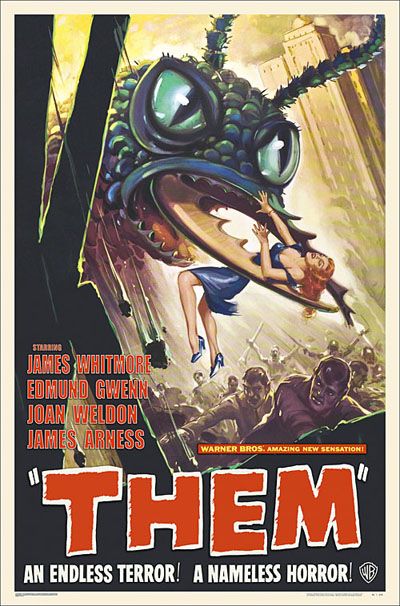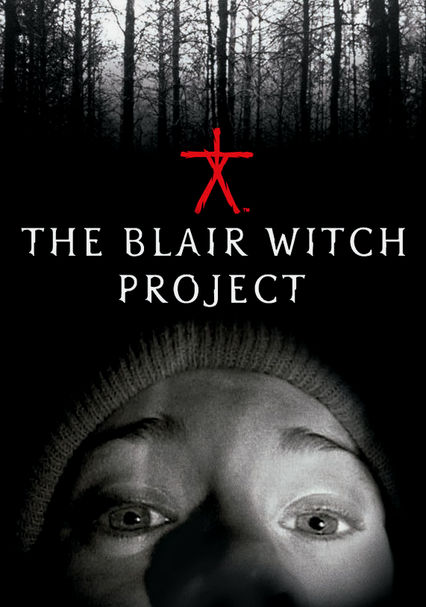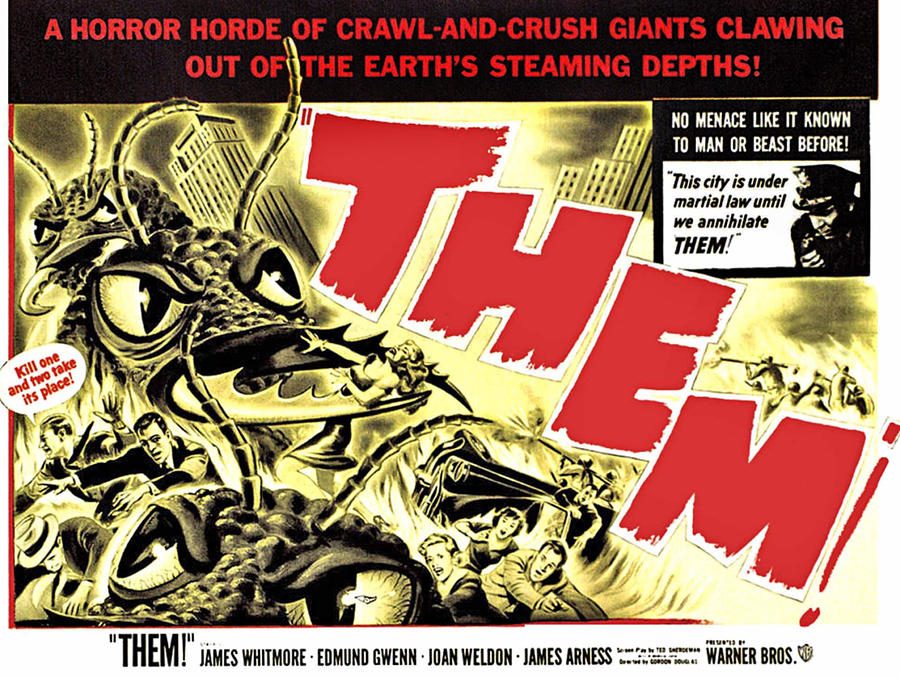The evolution of horror movies
October 19, 2017

 Personal fear. Everyone has one: whether it be clowns, axe-murderers, or isolation. The horror genre of film feeds off of these fears, exploring heart-stopping obscenities, gore, and human motivations gone bad.
Personal fear. Everyone has one: whether it be clowns, axe-murderers, or isolation. The horror genre of film feeds off of these fears, exploring heart-stopping obscenities, gore, and human motivations gone bad.
The horror genre has always been around in one form or another through oral stories and writings, but in 1896, French director Georges Melies created “The House of the Devil,” a short film about a bat transforming itself into a man. This may not seem that terrifying, but as the first horror movie (and one of the few movies in general to exist at the time), it was pretty scary.
Obviously, scary movies have come a long way since then. The horror films in the early 1900s were typically characterized by a monster terrorizing people, like “Frankenstein”, “Dr. Jekyll and Mr. Hyde”, and “King Kong.” However, many would argue that monster plot horror films can get repetitive and stale.
The development of the Cold War led to different genres of horror films despite the era’s suspicions that certain filmmakers and stars were communists. Not surprisingly, the fear that nuclear attacks were imminent and an increase in propaganda against communism were played into by the film industry. Sound interesting? Check out 1954’s “Them,” a film directed by Gordon Douglas which threatens Americans with giant man-eating ants who were exposed to atomic radiation.
The 1960s is when horror movies started stepping up their game. No longer were films only subject to foreign invasion or monsters, but the directors and writers started to look at the psychological horror, murder, and the usage of demons to scare audiences. “Rosemary’s Baby” and “Psycho” are great movies from this era that address more psychological fears.
The 70s opened audiences up to extreme gore and violence with “The Texas Chainsaw Massacre” and “Jaws.”
Horror movies in the 1980 and 90s showcased children and teens. In prior decades, the main characters were usually adults, but looks into the child’s mind and experiences were being made into films like “Poltergeist”, “Children of the Corn,” “A Nightmare on Elm Street” and “The Blair Witch Project.”
Current horror films haven’t really changed that much, with the exception of better effects and more gore. Also, many horror films now use the dystopian future as settings, just to give audiences some more existential fears of the future.
While their subject matter and film style have changed greatly over the past hundred years, what hasn’t changed is their ability to terrify audiences by tapping into their personal fears.

